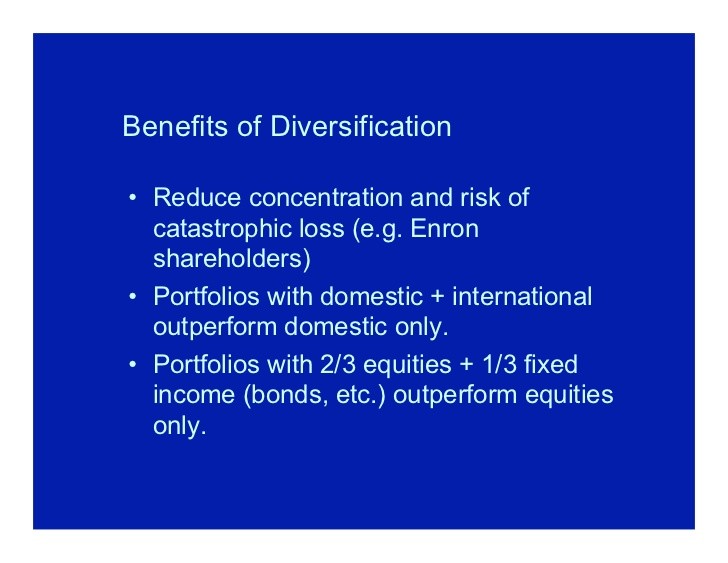Global Income Funds 101
Post on: 2 Июнь, 2015 No Comment

A Diversified Way to Retire on Fixed Income
You can opt-out at any time.
Fixed income investors looking for a constant and secure return on their investment may want to look towards global income funds to satisfy some of their needs. Global income funds are exchange-traded funds (ETFs), closed-end funds and other investment vehicles designed to generate a regular income from investments made around the world.
Types of Global Income Sources
There are many different types of income investments, ranging from sovereign bonds to dividend-paying equities. Some of these are classified as traditional fixed income — like bonds or annuities — and others are equities that provide an income element — like dividend paying stocks. But either way, there are many ways for investors to generate a consistent income.
Popular income investments include:
- Sovereign Bonds are government bonds that are generally considered to be a safer bet than corporate bonds, since governments can inflate their way out of debt.
- Corporate Bonds are debt issued by corporations ranging from low-interest blue chip companies to high yield bonds issued by riskier companies.
- Dividend Paying Stocks are stocks that pay a consistent dividend over time, typically ranging from 1-2% to as high as 11% or more in some cases.
- Preferred Stock is a class of stock that typically pays a dividend and has a higher class than traditional common stock.
Global Income Fund Structures
Global income funds also come in a variety of flavors, ranging from trusts to ETFs. Each of these structures offers different tax implications, bankruptcy rights and other things. Investors should fully understand these differences before investing. For instance, a tax-free municipal bond paying 2% pay actually prove to be a better after-tax deal than a stock paying a 5% dividend.
Popular income fund structures include:
- Exchange-traded Funds offer investors a simple and inexpensive investment vehicle that provides easy access to a basket of securities.
- Closed-end Funds are mutual funds with a fixed number of shares or units, with the shares being purchased and sold on the open market. Unlike ETFs or OEFs, CEFs are not tied to the underlying net asset value (NAV) of the holdings.
- Open-end Funds are mutual funds with a variable number of shares or units, which are controlled by the fund’s managers to meet investor demand.
- Stocks/Equities offer income investors exposure to individual companies that may be a dividend yield.
- Various Trusts. from royalty trusts to real estate trusts (REITs), tend to pay out a percentage of their profits regularly to investors.
Creating a Diversified Income Portfolio
Income investments provide a nice steady stream of income, but they can be risky in some cases. For instance, purchasing individual corporate bonds, particularly in foreign corporations, can be very risky. As a result, investors are better off creating a diversified portfolio of income investments from various asset classes and countries around the world.
Global income funds, including exchange-traded funds. closed-end funds, and open-end funds, offer instant diversification by investing in a wide range of securities. But in addition, investors should consider diversifying by asset class, which means purchasing more than just one global income fund targeting a single asset class.
In general, here are some tips to ensure diversification:
- Target at least three different asset classes. such as sovereign bonds, corporate bonds and dividend paying equities.
- Ensure that there are at least 10-20 different securities in any given portfolio in order to mitigate any problems with a single component.
- If the markets are too correlated, try using options and other strategies in order to reduce the risk of a downturn.
Examples of Global Income Funds
There are many different global income funds trading in the U.S. Most ETFs target a specific index created by the S&P, Markit, or other agencies, while mutual funds tend to pick their own portfolios. When selecting a fund, it’s important to take into account the distribution timing and amounts, as well as the expense ratios associated with the fund management.
Here are some of the most popular options:
- WisdomTree Global Equity Income Fund (DEW)
- Market Vectors International High Yield Bond Fund (IHY)
- Market Vectors Emerging Markets Local ETF (EMLC)
- Claymore/Zacks International Multi-Asset Income Fund (HGI)
- Morgan Stanley Emerging Markets Debt ETF (MSD)














